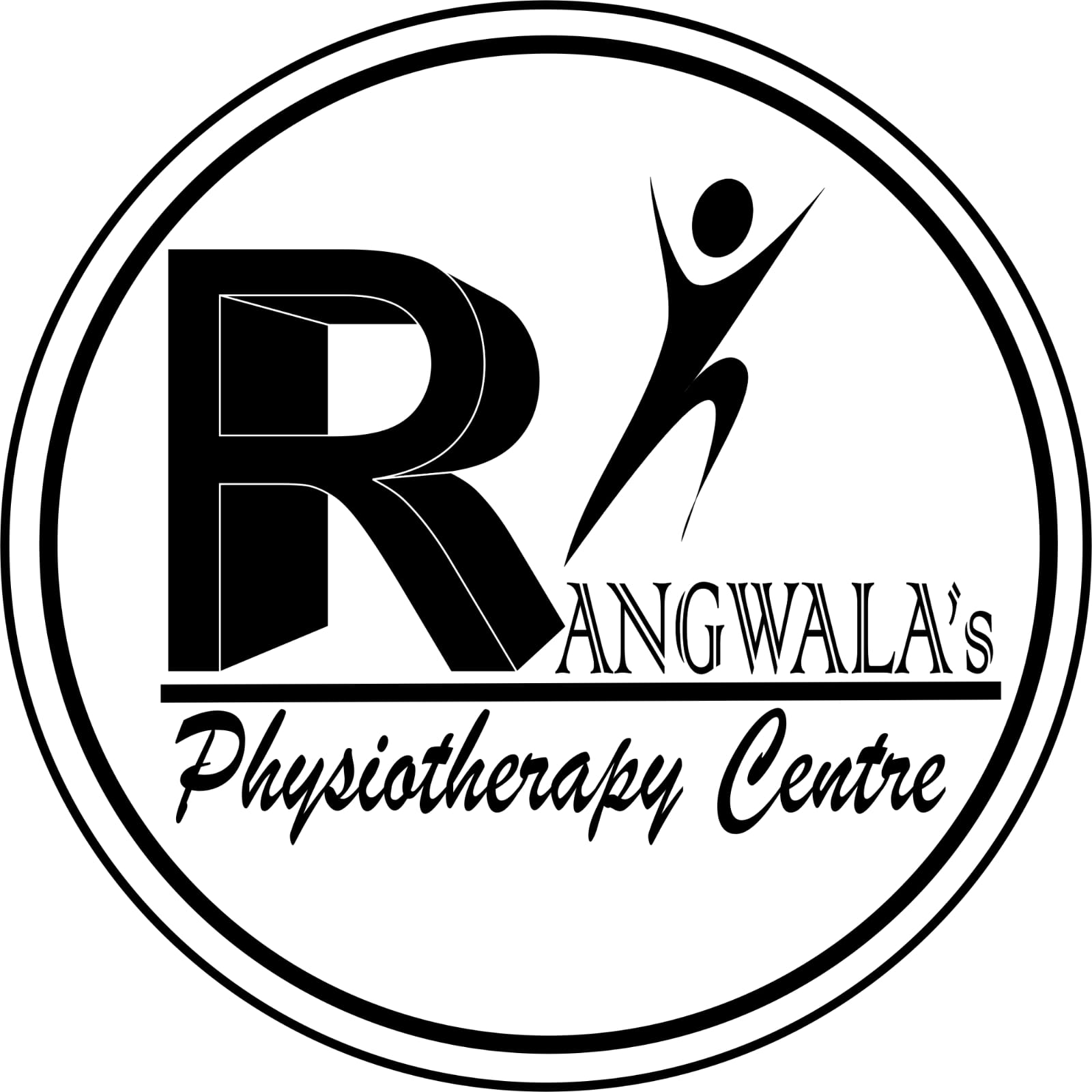Home > Slipped Disc
Slipped Disc
Slipped disc treatment focuses on pain relief, mobility restoration, and spine health improvement.
A slipped disc, also known as a herniated disc, occurs when the soft inner gel-like material of an intervertebral disc protrudes through a weakened or torn outer layer. This condition often affects the lumbar spine but can also occur in the cervical or thoracic regions. The main cause is degenerative disc disease, where aging leads to wear and tear of the discs. Other risk factors include heavy lifting, poor posture, obesity, and trauma. Symptoms depend on the location of the herniation and may include back or neck pain, radiating pain down the arms or legs (sciatica), numbness, tingling, or weakness in the affected area. Diagnosis typically involves a physical examination, coupled with imaging studies like MRI or CT scans, which provide detailed views of the affected disc and surrounding structures. Treatment options vary from conservative management, including rest, physical therapy, medications like NSAIDs, and epidural steroid injections, to surgical interventions like microdiscectomy or laminectomy for severe cases or when neurological deficits arise. Preventative measures include maintaining good posture, regular exercise, weight management, and avoiding activities that strain the spine. Early intervention can often improve outcomes and reduce the risk of chronic pain.


© Copyright 2024. Dr. Murtuza Rangwala. All Rights Reserved.

